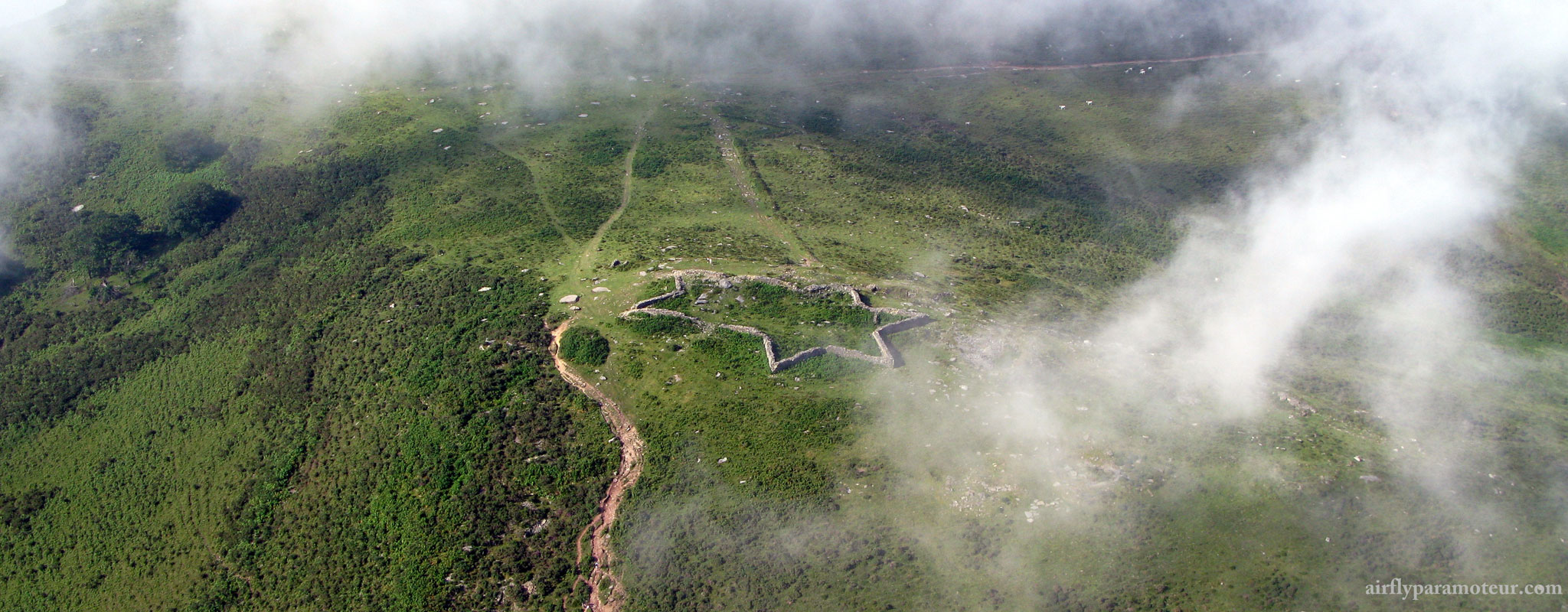In the XIXth century, La Rhune had a completely different appearance! Vast forests covered its slopes up to 600 m in altitude but, today, there remain but sparse vestiges of these woods. The struggle of herdsmen seeking to increase their pastures along with many other human activities led to increasing de-forestation. Numerous forges were installed in the area and, under the axes of lumberjacks, many century-old oaks on La Rhune fell along with many other species of trees to become building materials for the many ships which were destined to sail to distant seas.
Listen to the soundtrack :
The local needs for construction and heating materials, combined with a variety of deadly plant diseases resulted in irreparable damage over the centuries.
The vast forests were superseded by a land of heather, gorse and broom, in spite of the many efforts of the National Office of Forests re-forest this area.
Agribusinesses are a predominant activity in this region, especially in Sare. There are more than 20 large and 40 smaller operations and livestock-rearing is the most popular. This community generally takes care of:
- 1,100 cattle raised for meat and milk,
- 11,000 sheep kept for milk as well as lamb,
- 400 Pottok ponies
In the spring, some breeders put their Manech sheep and Pottok ponies on the mountain to profit from the vast open spaces and to participate in their upkeep.
Manech: a local species of red- or black-headed sheep. They are elegant animals with very long, white, flowing fleece. They are valued for their milk which is used to manufacture the famous Ardi gasna (Basque sheep-cheese). The rest of the production (milk lamb and cull ewes) provide meat and savoury leg of lamb.
Pottok: (pronounced potiok) – a robust Basque Country pony which, for the most-part, lives in complete liberty. The mountain Pottok live 9 months, at minimum, on the mountain. In general they are a very rustic animal requiring minimal upkeep but their size rarely exceeds 1.32 m. The prairie or sport Pottok live in contact with man where its living conditions are much better and result in slightly increased stature (1.47 m).
Formerly used to transport contraband and to assist in mining and forestry activities, and valued for meat, these ponies now enjoy a more pleasant life as riding ponies. Since 1971, the Pottok pony has been recognised as a species by Haras Nationaux and Pottock-associated activities are now a regulated industry.
They are an integral part of Basque history and are cited in many local legends and ancient mythology where they sometimes represent subterranean genies.
The Legend of the Headless Horse– Zamari Xuria
According to mythology, the white, headless horse appears at night on the contraband trails of the Pyrenees and the La Rhune Mountain. People who work and live there are afraid of it. A vision of a headless horse is considered an omen of imminent death or other misfortune. The Zamari Xuria, representing the corn spirit, is symbolised by a dancer in Soule and Guipuzkoa celebrations.

